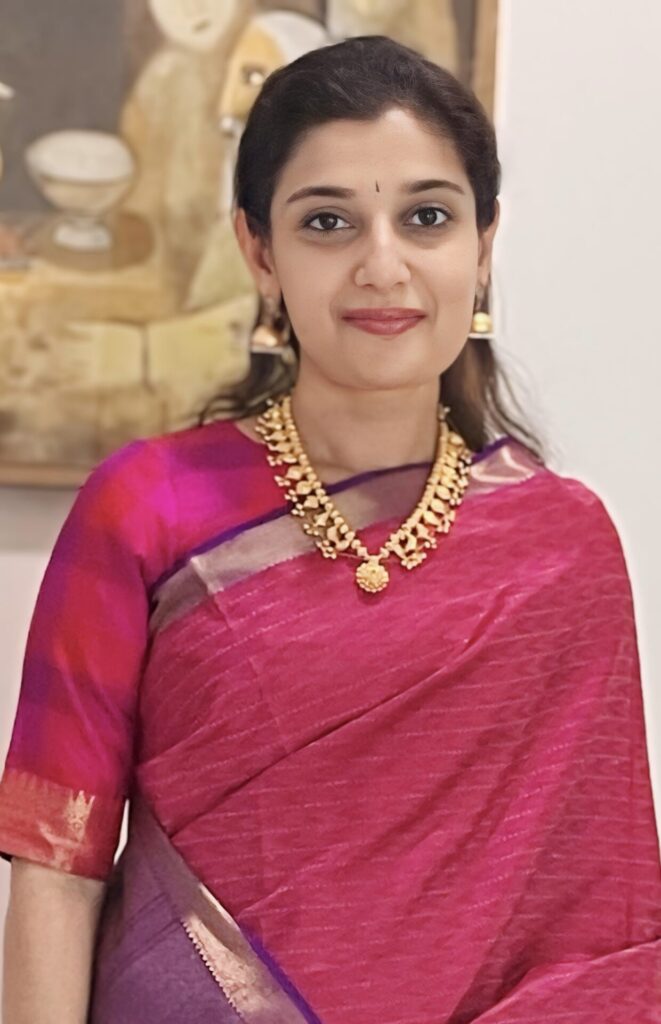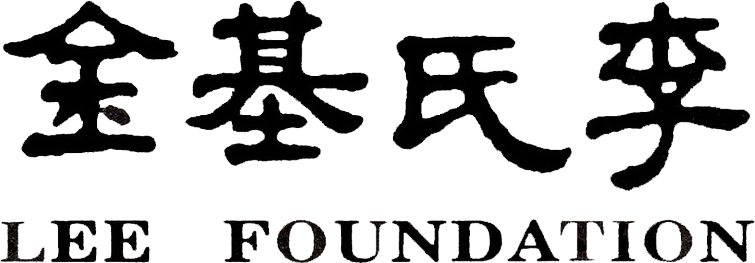
Sukanya Sankar, Trustee, The Sruti Foundation that has, over the last three decades been publishing the Sruti magazine, makes some keen observations on the shifting nature of the arts, how the magazine strives to preserve tradition while support innovation and how in a sense, it is crucial to keep honing your craft and practice resilience for a long-lasting meaningful stint in this world of the arts…
As a publisher in the world of Indian classical performing arts, what are some of the shifts you have seen in the industry, especially in the context of dance
In an industry that is not too kind in viewing or accepting “changes/shifts” there are a few noticeable shifts, especially post the pandemic. Let’s take for instance, the rise of digital platforms that has allowed dancers to reach wider audiences through online performances, classes, and workshops. This has also witnessed a noticeable increase in performances by younger artistes and audiences.
We are also witnessing interesting interdisciplinary collaborations, blending classical dance with other art forms like contemporary dance, theater, and visual arts. Dancers are also increasingly using their arts to engage with social and political issues, reflecting contemporary themes and narratives, including gender, identity, and social justice.
Additionally, international collaborations and contributions from the Indian diaspora are fostering cross-cultural exchanges. The emphasis is on inclusivity, revival of forgotten traditions.
And finally, Indian classical dance continues to gain international recognition, spreading the reach and appreciation of these art forms.
Your publishing company is located in Chennai which is considered the Mecca of South Indian arts; what are some of the trends currently and does Chennai continue to occupy the position it did in the past even in the now?
Chennai’s rich tradition of classical arts is nurtured by numerous esteemed institutions, schools, and sabhas. The city also boasts a vibrant ecosystem of performers, scholars, and enthusiasts, making it a pivotal center for the preservation, promotion, and innovation of Indian classical performing arts.
Chennai’s traditional arts scene, centered around its renowned sabhas, is witnessing a shift towards hosting performances in non-traditional venues. This trend provides a new and refreshing outlook, encouraging community involvement. However, there is a risk of audience fatigue due to the ‘breeding on familiar ground’ syndrome. Chennai’s evolving arts scene presents both opportunities and challenges, requiring a delicate balance between tradition and innovation to keep audiences engaged and the arts thriving.
As one of the few publishing companies that focus exclusively on the arts, do you believe given the pace at which the arts are growing, there is a need for more publications to write and publish about the arts?
The growth and dynamic nature of the arts underscore the need for an increased number of dedicated publications focused on arts coverage. Arts publications play a crucial role in reaching diverse audiences, fostering greater awareness and appreciation for the arts across different demographics and regions. Additionally, they offer a multitude of perspectives and insights, enriching the overall discourse surrounding the arts.
Emerging artistes, in particular, greatly benefit from these platforms as they provide opportunities to showcase their work and gain recognition. Moreover, by documenting and promoting artistic endeavours, publications help cultivate a sense of community among artistes, audiences, ultimately strengthening the arts ecosystem.
The burgeoning arts scene necessitates the presence of more publications to effectively document, promote, and critically engage with the arts. This not only supports the growth and sustainability of the arts but also enhances cultural and intellectual life. The challenge is always finding new writers, new voices and perspectives.
Sruti has a quality of legacy; what is the publishing company’s responsibility and how do you manage to ensure quality in a world that is flooded with equal amounts of mediocrity?
We work with writers who have a good understanding of the arts. Their expertise provides the magazine with valuable insights and helps us maintain a high standard of content. That said, we also establish and communicate clear editorial guidelines for contributors, outlining the quality and style expectations for submissions. We are transparent about our editorial decisions and processes and this helps build trust with our readers and contributors.
We have a rigorous editing process, including multiple rounds of editing and fact-checking. This ensures that the content is accurate, well-written, and insightful.
How do you use editorial discretion to ensure that only the best in the field make it to Sruti and to remain aspirational from a form and content perspective?
At Sruti, we believe that the concept of ‘best’ is highly subjective. Instead of aiming to ensure only the perceived ‘best’ artistes make it to our magazine, we focus on a different approach.
We constantly engage with a wide array of artistes, art organisers/organisations both established and emerging, through various mediums. What we value most is consistency, quality, and innovation in their work. While a viral video or a single impactful initiative can catch our attention, we look beyond the immediate impact to see what the artiste has consistently contributed and how they have evolved over time.
Understanding the pulse of our audience is crucial. We strive to feature a diverse range of artistes and content in our magazine. We believe that giving equal importance to artistes at different stages of their careers not only fosters a sense of community but also enriches our own growth and understanding of the art form.
Having published content featuring both legendary artistes and rising stars over the decades, what is your advice to today’s aspiring artistes?
Spend time honing your craft, dedicating hours to practice to perfecting your skills. And don’t be afraid to seek guidance from those who have walked this path before you. Experienced mentors can offer valuable insights and help you navigate the ups and downs of pursuing a career in the arts.
Find your unique voice and style. Authenticity is key in standing out in a competitive field. Audiences are drawn to artistes who are genuine and who bring something fresh and original to the table.
Success in the arts often requires persistence and resilience. It’s important to stay committed to your goals. Every artist faces rejection and criticism at some point. What’s important is how you respond to it. Use feedback as an opportunity to grow and improve your craft.
Building relationships ies also crucial. Connect with fellow artists, mentors, and industry professionals. Networking can open up new opportunities and collaborations that you might not have considered otherwise.
Lastly, approach your artistry with professionalism. Respect deadlines, honour your commitments, and always conduct yourself with integrity. These qualities will not only help you build a strong reputation but also earn you the respect of your peers.









